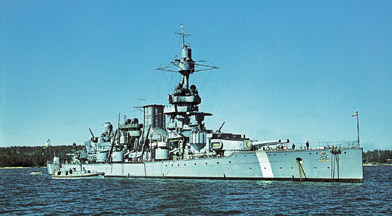GrauGeist
Generalfeldmarschall zur Luftschiff Abteilung
The wonder weapons were a last ditch hope.
They had a good start with the Graf Zeppelin and Peter Strasser, but didn't stay focused on their construction.
If you're going to start a world war, at least commit to building the stuff you'll need to fight it.
They had a good start with the Graf Zeppelin and Peter Strasser, but didn't stay focused on their construction.
If you're going to start a world war, at least commit to building the stuff you'll need to fight it.

